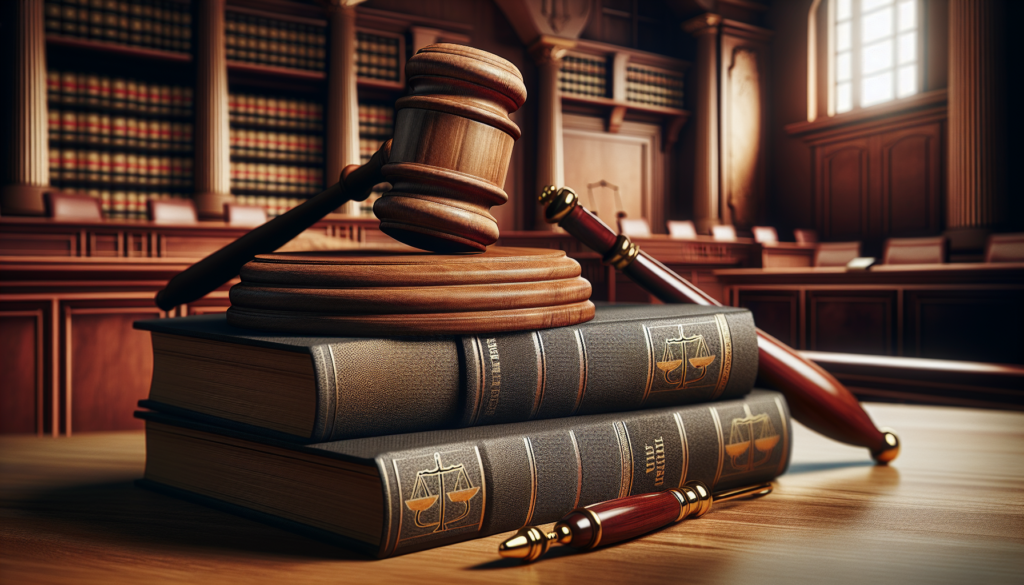
Chapter 13 bankruptcy offers a powerful tool for homeowners facing foreclosure, providing a legal mechanism to stop foreclosure actions and allowing them to catch up on missed mortgage payments over time. Here’s how Chapter 13 bankruptcy stops a foreclosure action and what it means for homeowners:
Automatic Stay
- Immediate Effect: The filing of a Chapter 13 bankruptcy petition immediately triggers the automatic stay, a legal injunction that halts creditors from continuing with collection actions, including foreclosure. This stay is effective the moment the bankruptcy case is filed, providing immediate relief to the homeowner.
- Protection Duration: The automatic stay remains in effect throughout the duration of the Chapter 13 bankruptcy process, which typically lasts three to five years. This period allows the homeowner to make up the overdue payments through a structured repayment plan.
Repayment Plan
- Catching Up on Arrears: Chapter 13 bankruptcy enables homeowners to catch up on their missed mortgage payments over the life of the repayment plan. The plan consolidates debts into a single monthly payment managed by the bankruptcy trustee, who distributes payments to creditors, including the mortgage lender for the arrearage amount.
- Regular Mortgage Payments: While the Chapter 13 plan allows for the repayment of arrears, homeowners must continue to make their regular mortgage payments that come due after the bankruptcy filing. Staying current on these payments is crucial for avoiding foreclosure in the future.
Lien Stripping and Cramdowns
- Second Mortgages and HELOCs: In some cases, Chapter 13 bankruptcy can eliminate second or third mortgages if the home’s value is less than the balance owed on the first mortgage. This process, known as lien stripping, treats these junior mortgages as unsecured debt, which may receive little to no repayment through the plan.
- Cramdowns: Although rare for primary residences, cramdowns can occur for other types of property, such as investment properties. This process allows the loan balance to be reduced to the property’s current market value, potentially lowering the monthly payment.
Long-Term Benefits
- Avoiding Foreclosure: Successfully completing a Chapter 13 repayment plan allows homeowners to avoid foreclosure and keep their home. The discharge at the end of the plan also eliminates most remaining dischargeable debts, further stabilizing the homeowner’s financial situation.
- Opportunity for Loan Modification: Filing for Chapter 13 bankruptcy can also provide homeowners with the opportunity to negotiate a loan modification with their lender, potentially resulting in more favorable loan terms and a more affordable mortgage payment.
Considerations
- Commitment Required: Chapter 13 bankruptcy requires a commitment to a three- to five-year repayment plan. Homeowners must have a regular income sufficient to cover their repayment plan, including catching up on mortgage arrears and staying current on new mortgage payments.
- Legal Guidance: Navigating a Chapter 13 bankruptcy, especially when facing foreclosure, can be complex. Working with a knowledgeable bankruptcy attorney can help ensure that the repayment plan is feasible and that the homeowner’s rights are protected throughout the process.
Chapter 13 bankruptcy provides a lifeline for homeowners facing foreclosure, offering a structured way to catch up on missed payments while staying current on their mortgage. By taking advantage of the automatic stay and the repayment plan provisions of Chapter 13, homeowners can work towards saving their home and getting a fresh start on their finances.

Get a Free Bankruptcy Case Evaluation